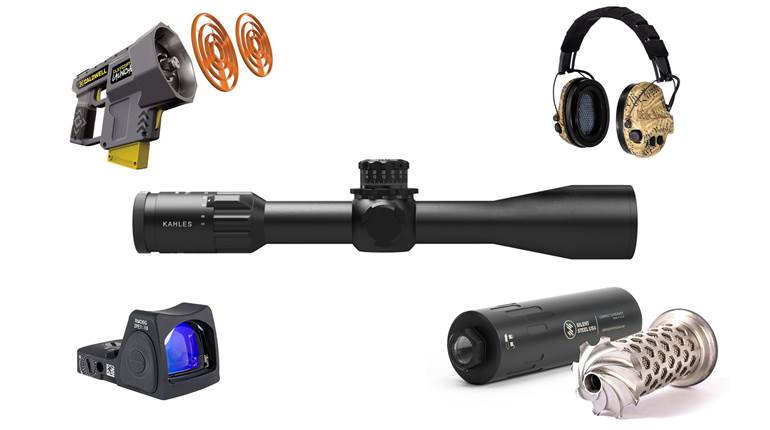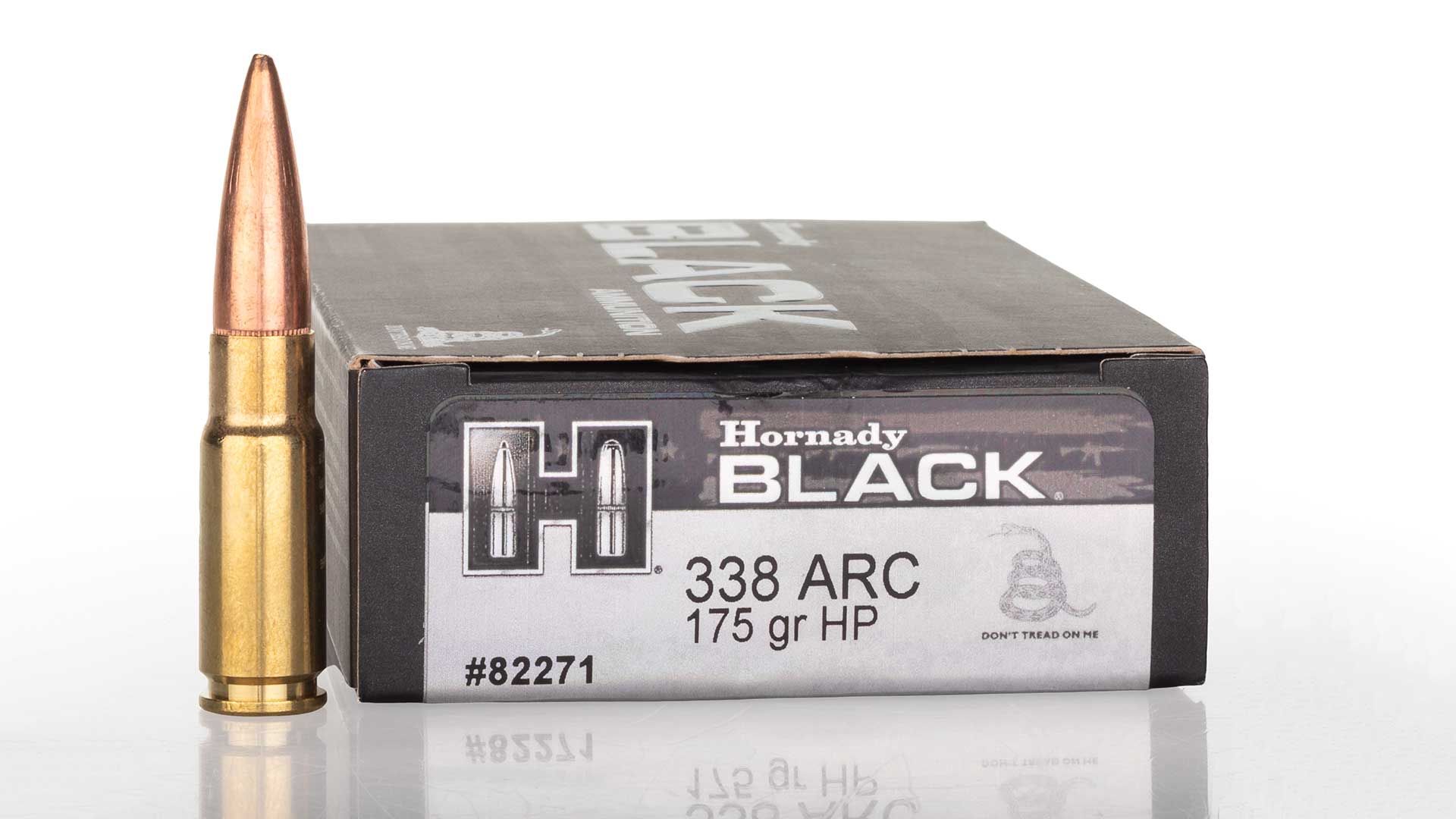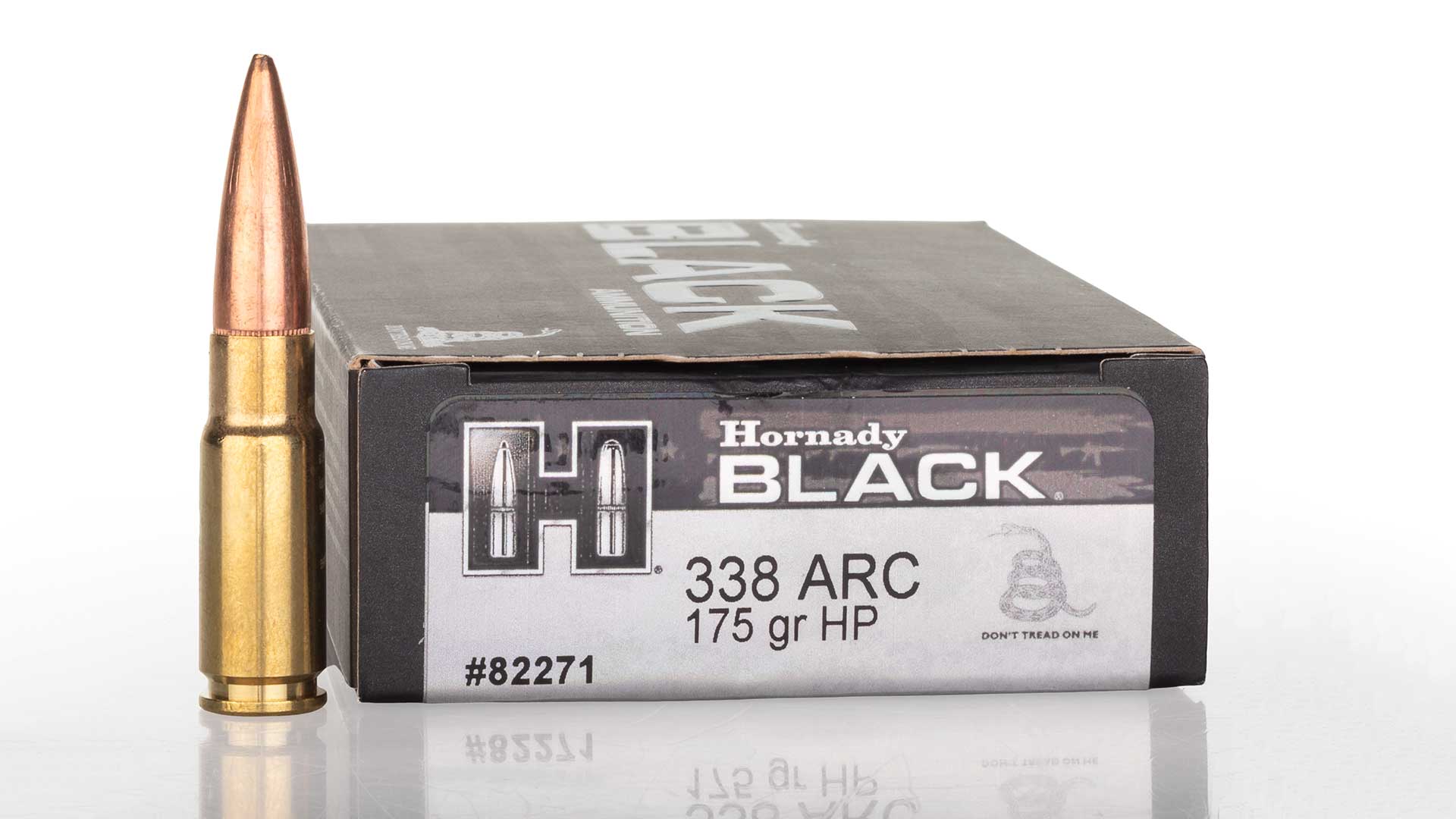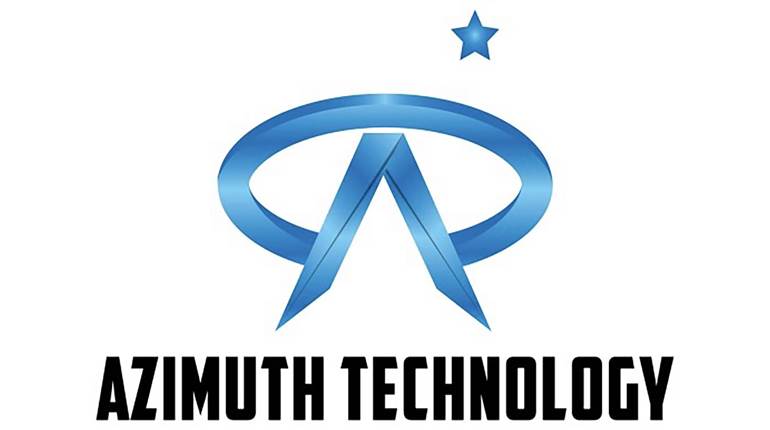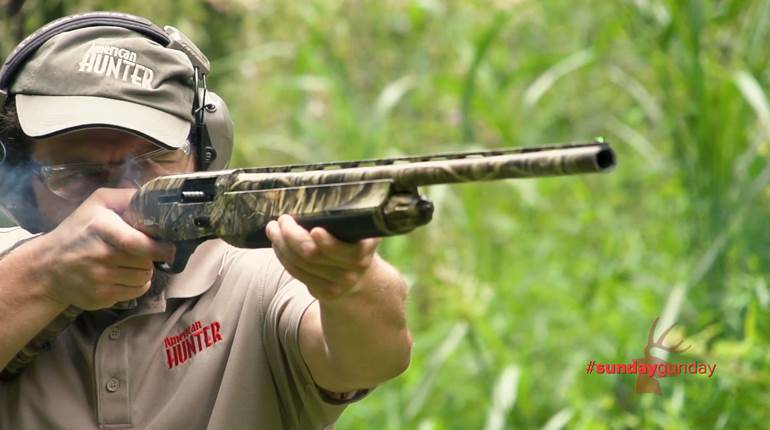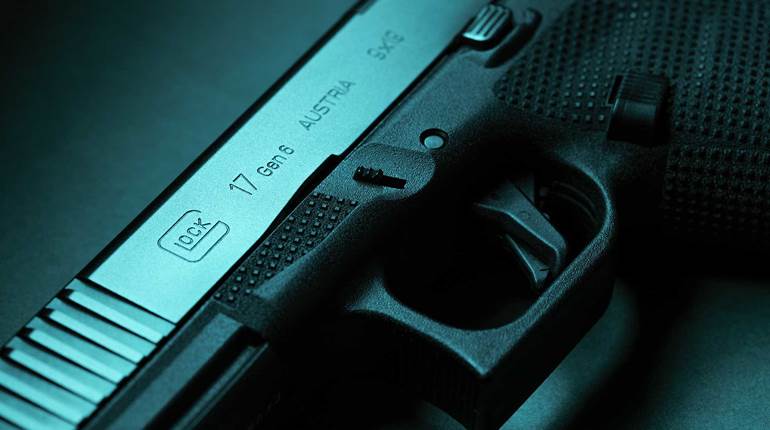
1/23/2013
Long-range shooting requires an accurate rifle and a powerful scope. It helps if the scope has a mil-dot reticle, adjustable parallax, precise click adjustment and super-clear, multi-coated optics. It also has to be durable enough to withstand years of repeated poundings from large-caliber rounds, as well as the ever-waiting disasters doled out by Murphy whenever we walk outdoors. In short, it should do the job for which it’s purchased for years, even decades, without worry.
To obtain all of these desired features, it’s generally accepted that the scope should cost around the same amount as the gun on which it is mounted. Some experts claim that the scope should outcost the rifle. In many cases this is advantageous and a good rule to follow. But with today’s technology many of these features can also be found on more affordable scopes like the Sightmark Triple Duty.
The Triple Duty line has a variety of models, such as 1-6x24, 2.5-10x32, 3-9x42 and 4-16x44, with a variety of reticles and features for almost every shooting activity. There is even a 10-40x56 model for viewing targets at extreme ranges. For testing, I received the 4-16x44 model with a dual-illuminated mil-dot reticle.
The Sightmark Triple Duty 4-16x44 riflescope is a large, long-range tactical scope with all the trimmings. The 30 mm tube is matte black to reduce shine, and the tool-free adjustment windage and elevation knobs are large and provide audible and tactile response during adjustment, and both come with screw-in locks to prevent accidently moving the knobs. The knobs are set at 1/8 m.o.a., meaning that each “click” moves the crosshairs 1/8th of an inch at 100 yards, for more precise shooting, and both provide 60 m.o.a. degrees of movement. Both windage and elevation knobs can be reset to zero after sighting in by loosening the three set screws that hold each knob in place. This allows shooters to adjust the scope for conditions, while ensuring that the scope can be easily brought back to the original zero. Of course, shooters can rely on the mil-dot reticle, but some shooters want the option of always using the center point.
Its parallax adjustment knob starts at 12 yards, though why anyone would use this scope at 12 yards is a conundrum, and continues with markers for 25, 50, 100, 200 and 700 yards, and infinity. The illumination control sits near the eyepiece at the 11 o’clock position, and also provides good tactile adjustment for either red or green with five brightness levels and an off position between each.
Sightmark claims battery life to be 80 hours at full brightness. Early in the testing phase, I made the mistake of leaving the illumination on, which killed the power and required a battery change. This got me wondering about battery life, so I set the unit to the highest power and documented its use, checking periodically for any change in brightness levels. I quickly learned that leaving it on continuously quickly deteriorates battery life. A single 14-hour overnight stretch left the red reticle pretty dim, and the green all but gone. But after letting the unit power down for a few hours, both sides returned to near previous levels for a little while. Within an hour of reactivating the unit, the green illumination had disappeared, and the red was dim again. While the battery will probably last a while with standard use, forgetting to turn it off will highly reduce battery life.
One complaint is that this scope is only IPX4 waterproof. The IPX4 rating charges that “splashing water from any direction will have no effect.” This means that the scope can handle rain and splashing from slogging through wet areas, as long as it is not submerged in water. As such, submerge testing could not be conducted. Instead the scope was splashed with water to determine is it truly could handle a day in dismal weather. With no visible problems, the optic was also set in a freezer for an hour to determine if the optics were fully sealed. When removed into the outside air on a cold garage, the optic was as clear as when it went in, but when taken into the warm interior of a house, it showed misting on the exterior optics, typical to all glass. Once wiped with a soft cloth, the optic was completely useable and showed no deficiencies from either test.
Lastly, the scope was viewed through a variety of lighting situations, including early morning and late evening to determine its light-gathering abilities. The scope performed flawlessly in bright daylight, and in twilight it gathered enough light to allow for a shot to be taken up to an hour after sunset. Under the stars, it could be used in some situations, with ambient light. Of course, with the illuminated reticle, if you can see the target, you could easily place it in the crosshairs. However, in most full dark situations, it was difficult to view targets, making it pretty typical with all non-night vision optics.
For range testing the Sightmark 4-16x44 was mounted on a Kimber 8400 Patrol rifle in .308 Win. The parallax worked perfectly at the sight-in ranges of 25 and 100 yards. During the early sight-in at 25 yards, the set up placed the bullets practically in one hole that moved with determination as the windage and elevation knobs were turned. At 16X, the scope clearly showed the .75-inch group holes made by Winchester’s Power Max Bonded 150-grain ammunition at 100 yards. Winchester’s PDX1 120-grain loads measured even less, though the lighter bullets placed groups about 2-inches higher on average than the 150 grainers.
After sighting, the windage and elevation knobs were returned to zero via the set screws that allow the knobs to spin freely, before setting up to shoot the square to ensure positive movement. Adding up the 1/8-inch m.o.a. to move the alignment 5 inches, the knobs were moved 40 clicks between three-shot groups, with squares being shot in both directions. With most of the groups, adjustment was positive in moving the shots 5 inches from the aim point, but twice there were fliers on the first shot. Subsequent shots were right on target.
With an MSRP of $239.99, this is a very good, long-range tactical scope. The glass is clear, the adjustments are precise and the reticle is easy to see and use in a variety of scenarios. Though the lack of full waterproofing is a problem if you’re heading into the backwoods, it would probably be a good optic for competition, weekend hunting and popping prairie targets out at a really long distance.
Manufacturer: Sightmark; Sightmark.com
Reticle: Mil-Dot with illuminated center; second focal plane
Tube Diameter: 30 mm
Magnification: 4-16
Field of View: 31.5 - 8 ft. at 100 yards
Exit Pupil: 11 mm – 2.75 mm
Length: 15.2”
Objective Aperture: 44 mm
Eye Relief: 120.1 mm (4.7”) 88.4 mm (3.4”)
Elevation Adjustment Range: 60
Windage Adjustment Range: 60
Accessories: 30 mm rings; battery
Suggested Retail Price: $239.99












